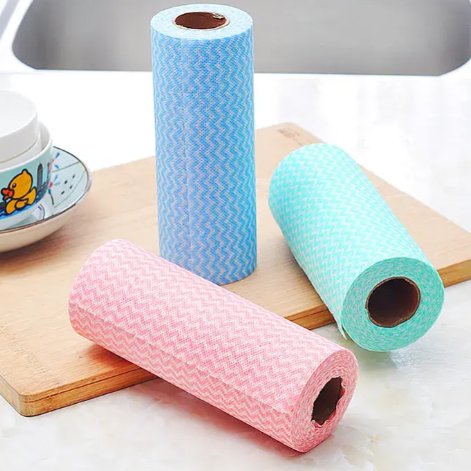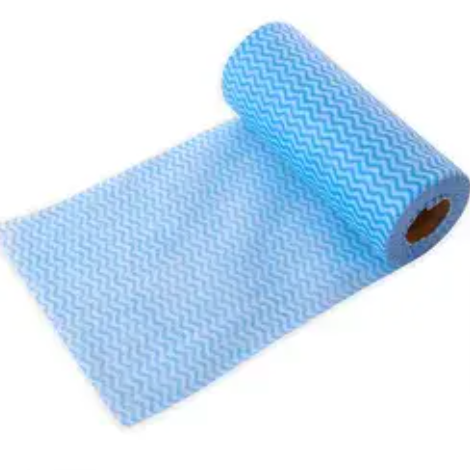When it comes to kitchen hygiene, the choice of cleaning tools can significantly impact the effectiveness of your cleaning routine. Among these tools, a kitchen cleaning cloth is a must-have item for maintaining a hygienic cooking environment. But what makes these fabrics so effective? Let’s delve into the science behind kitchen cleaning cloths and explore their materials, design, and functionality.
Substantive issues
The effectiveness of kitchen cleaning cloths largely depends on the material they are made of. Common materials include cotton, microfiber, and synthetic fibers, each offering unique benefits.
- Cotton: Cotton is a natural fiber known for its absorbency. It effectively absorbs spills and moisture, making it a popular choice for general cleaning tasks. However, cotton may not be as effective at trapping bacteria and dirt compared to synthetic materials.
- Microfiber cloth: Microfiber is a blend of polyester and polyamide that creates a fabric with a high surface area. This unique structure allows microfiber cloths to absorb and capture dirt, dust, and bacteria more effectively than traditional cotton cloths. Research shows that using just microfiber and water can remove up to 99% of bacteria from surfaces, making it a powerful tool in the fight against germs in the kitchen.
- Synthetic fibers: Some kitchen cleaning cloths are made from synthetic materials designed specifically for cleaning. These cloths often have a special coating or texture that enhances their ability to remove and trap dirt and grime.
Design and functionality
The design of a kitchen cleaning cloth also plays a vital role in its effectiveness. Many cloths have specific features that enhance their cleaning capabilities:
- Textured surface: Cloths with a textured surface are more effective at wiping away stubborn stains and food particles than smooth cloths. The raised pattern creates friction for better cleaning.
- Size and thickness: The size and thickness of the cleaning cloth affects its absorbency and durability. Thicker cloths tend to hold more liquid and are ideal for wiping spills, while thinner cloths may be better for wiping quickly.
- Color coding: Some cleaning cloths come in multiple colors, allowing for a color coding system to help prevent cross-contamination. For example, using a specific color for cleaning surfaces and another color for drying dishes can minimize the risk of spreading bacteria.
The role of cleaning fluid
While the cloth itself is important, the cleaning solution used with the kitchen cleaning cloth also helps increase its effectiveness. Many cleaners contain surfactants that break down grease and grime, making it easier for the cloth to remove and remove dirt. When using cleaning solutions, you must follow the manufacturer’s instructions to ensure best results.
Maintenance and service life
To maintain the effectiveness of your kitchen cleaning cloths, proper care is essential. Regular cleaning and disinfecting helps eliminate bacteria and odors, ensuring fabrics remain hygienic when reused. Microfiber cloths, in particular, should not be washed with fabric softeners as they can clog the fibers and reduce their cleaning efficiency.
In summary
In summary, the science behind kitchen cleaning cloths shows that their effectiveness is a combination of material selection, design features, and the cleaning solution used. By understanding these elements, you can choose the right wipes for your kitchen cleaning needs, ensuring a cleaner, more hygienic cooking environment. Whether you choose cotton, microfiber, or synthetic materials, the right kitchen cleaning cloth can keep your kitchen spotless.
Post time: Sep-29-2024


